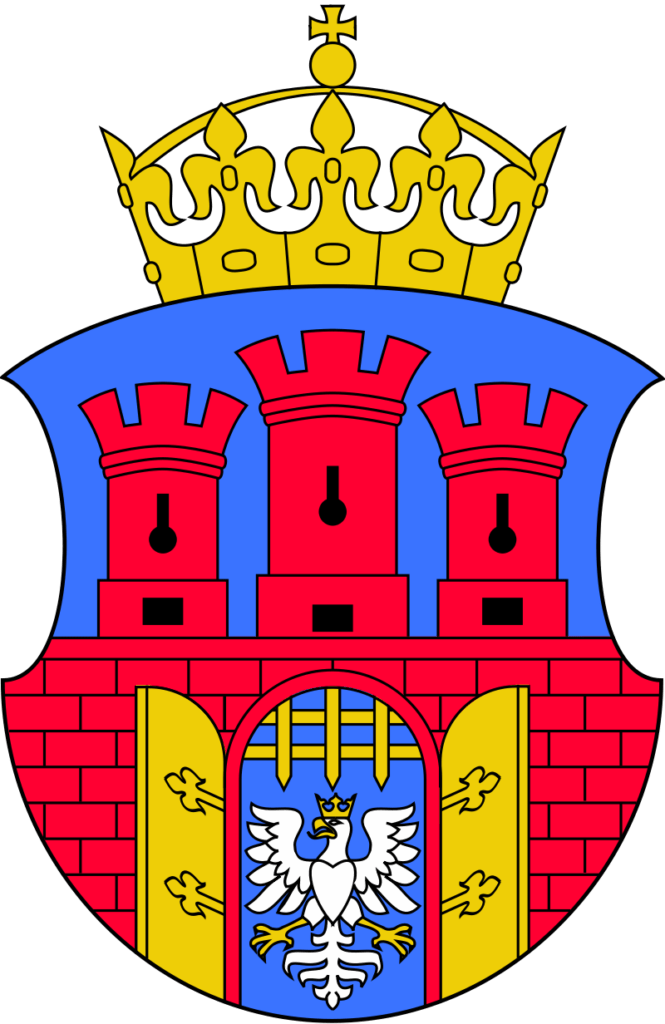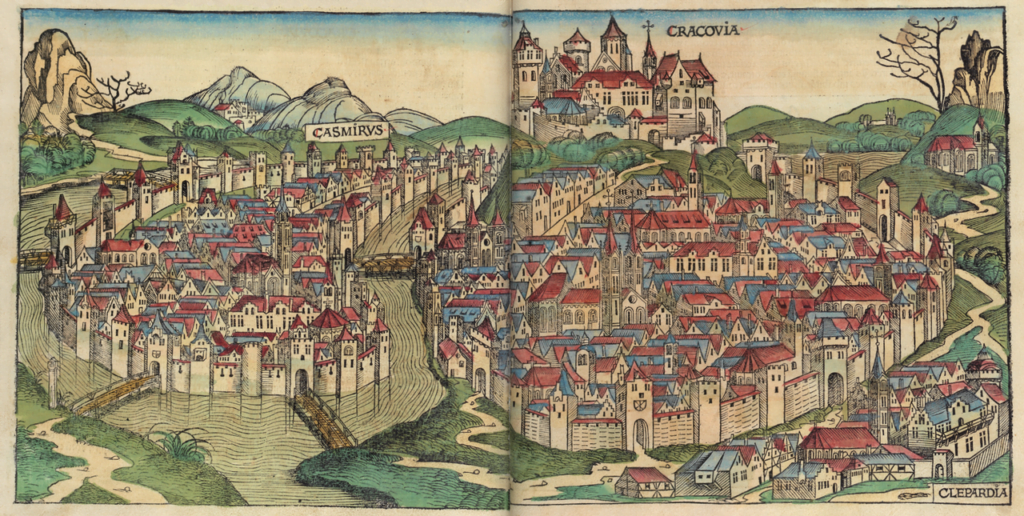Kraków

- Coat of arms/Flag
- Status – Capital City, Settlement, Hanseatic City
- General Alignment –
- Settlement size – Large city
- Corruption +; Crime +; Economy +; Law +; Lore +; Society +
- Qualities –
- Danger +
- Demographics
- Country – Kingdom of Poland
- Government – Hereditary Monarchy
- Legislature – Sejmik, Privy Council, Senate
- Population – 15,000
- Places of interest – University of Kraków
- Current Ruler – Casimir IV Jagiellon
- Other Notable residents –
Francesco Fiorentino (architect and sculptor), Bartolommeo Berrecci (architect), Santi Gucci (architect and sculptor), Mateo Gucci (architect and sculptor), Bernardo Morando (architect) , and Giovanni Baptista di Quadro (architect), Nicolaus Copernicus (mathematician and astronomer), Filip Callimachus (humanist and writer), Conrad Celtes ( humanist scholar and Neo-Latin poet), Johann Haller (printer) - Marketplace
- Base Value ; Purchase Limit ; Spellcasting
- Minor Items ; Medium Items ; Major Items

The city rose to prominence when Casimir III of Poland founded the University of Kraków, the second university in central Europe after the Charles University in Prague. The city continued to grow under the joint Lithuanian-Polish Jagiellon dynasty. As the capital of the Kingdom of Poland and a member of the Hanseatic League, the city has attracted many craftsmen, businesses, and guilds as science and the arts flourish. The royal chancery and the University ensured a first flourishing of Polish literary culture in the city.[
Kraków’s Current “Golden Age”

Many works of Polish Renaissance art and architecture are being created, including ancient synagogues in Kraków’s Jewish quarter. During the current reign of Casimir IV, various artists have come to work and live in Kraków, and Johann Haller has established a printing press in the city

 Buy me a coffee
Buy me a coffee